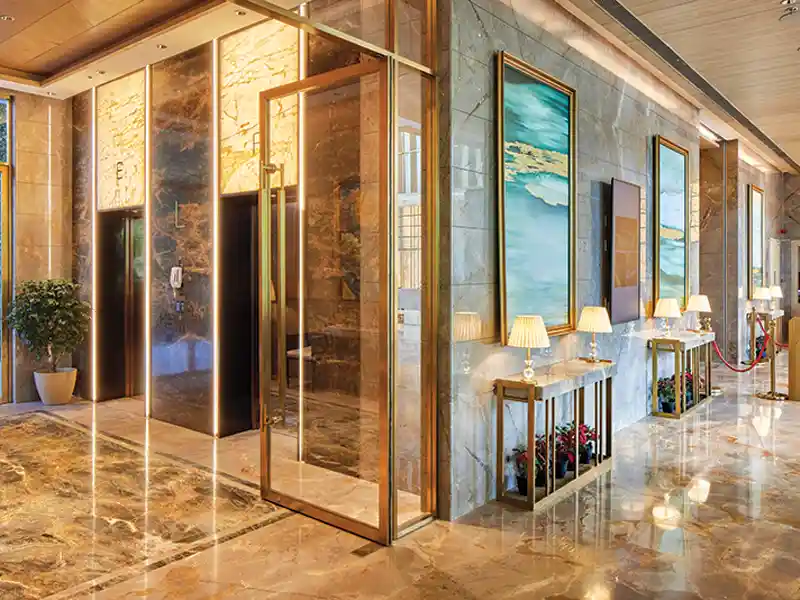
Workplace by Design Forum International

Transport hub by Bjarke Ingels Group and A+ Architects

Hoshino Architects designed Park Court Jingu Kitasando The Tower

Material Innovation Transforming Architecture & Design

Architecture of Resilience: Waste Free Design & Construction

Reza Kabul talks on Waste Free Design & Construction

Arpan Johari talks on Waste Free Design & Construction

Sanjay Seth shares views on Smart Urban Planning

Dr. Dinesh Verma & Akshara Verma share views on Waste Free Design & Construction

Santosh Agarwal comments on Waste Free Design & Construction

Amit Vakharia speaks about Waste Free Design & Construction

M. Anand expresses his opinion on Circular Economy

Towards a More Responsible and Sustainable Future

Sarveshaa SB talks on Waste Free Design & Construction

Dikshu Kukreja comments on Waste Free Design & Construction

Ravideep Singh shares views of Waste Free Design & Construction

Gurpreet S. Shah speaks about Waste Free Design & Construction

Sumit Dhawan comments on Waste Free Design & Construction

Anand Sharma talks on Waste Free Design & Construction

Sohrab Dalal expresses his opinion on Waste Free Design & Construction

Mueen Haris talks on Waste Free Design & Construction

Himanshu Patel shares views on Waste Free Design & Construction

Indraneel Dutta comments on Waste Free Design & Construction






